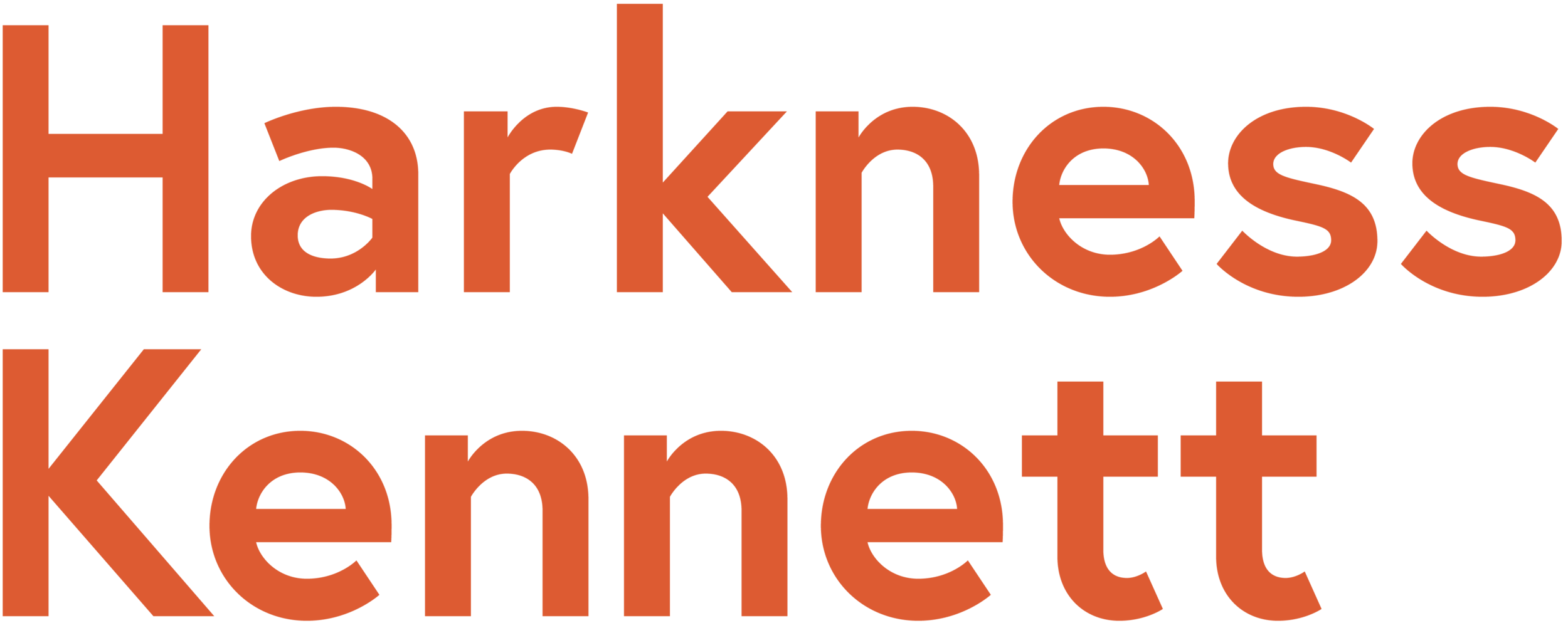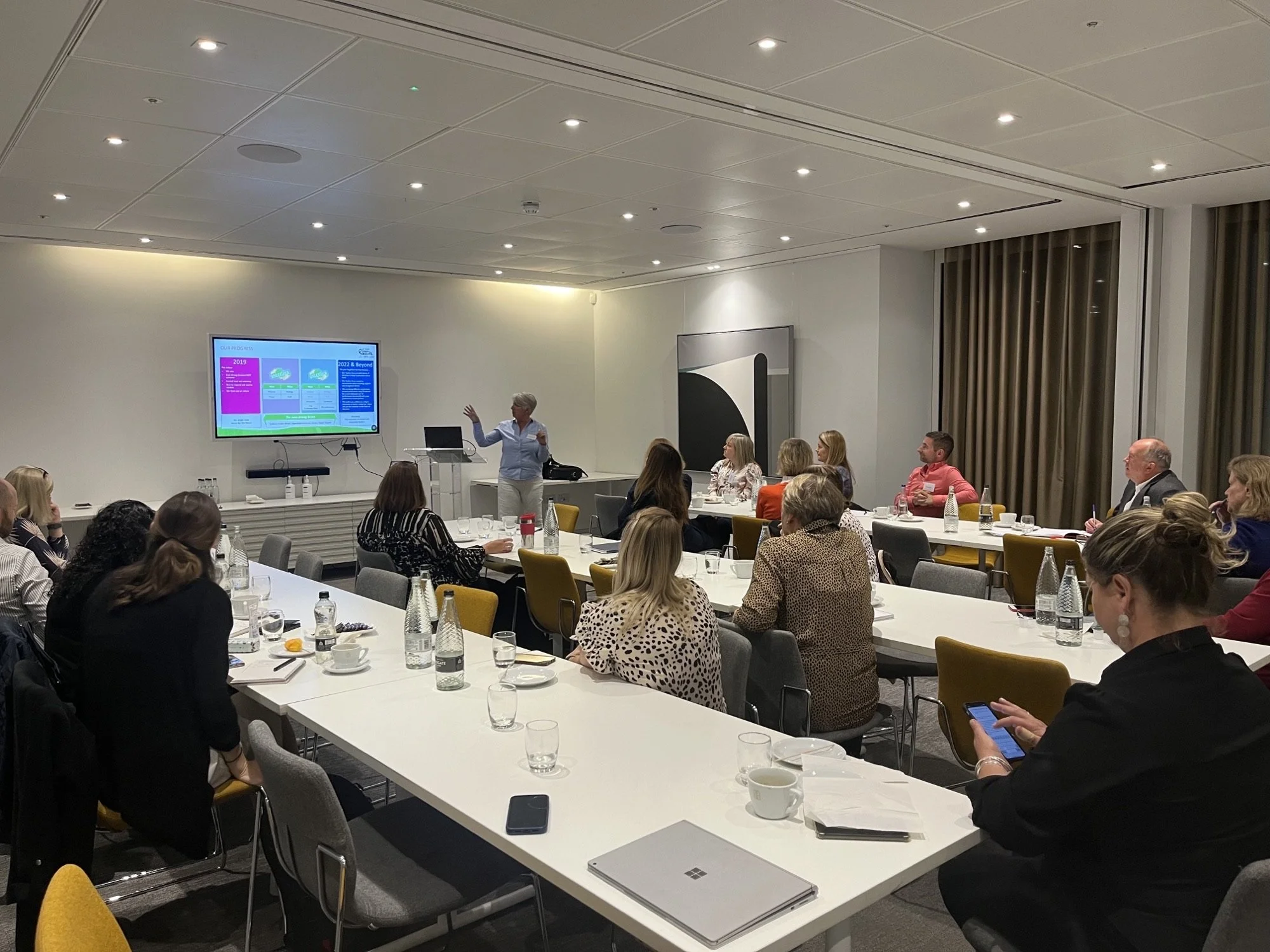Getting your ducks in a row; how to get started on a communications strategy
A new year is surely the time to get your ducks in a row for the coming year (unless you were super organised and got that done in December before the mince pies and lethargy took over!). Creating a comms strategy still seems a daunting prospect for lots of IC pros - but nevertheless it really is an essential tool in your armoury – whether you’re responsible for comms for one project, one department, one region, one country or the whole shebang!
When I first started in comms (back in the 90’s!) I can remember feeling that there was little framework to follow, and little training on offer, that would help me to be confident in the choices I was making as an Internal Communications manager. I was surrounded by a small team of competent writers and landed in the middle of an existing set up of multiple publications, town halls and a very clunky Lotus Notes system. My recollection is that we simply got on with it; I recall very little planning beyond the next edition. Armed with little more than enthusiasm I joined the cross functional team that took the first tentative steps into rolling out an intranet site – the options for communicating with employees suddenly went to a whole new level – and the rest as they say is history. Maybe at the point where the beast needing taming, we all started talking more about planning and strategy.
Developing a comms strategy – which arguably should be a basic core skill of anyone in IC operating above exec level – stills seems to be an area which causes anxiety amongst even some of the more experienced IC managers. So, if you’re looking for some simple tips on how to get your ducks in a row for the coming months, read on.
First things first, what do we mean by an IC comms strategy? Simply put, it is an agreed approach to communicating with your people that supports the attainment of organisational objectives.
As an agency, our model is (pretty much) always plan, design, deliver and evaluate. And that is worth keeping in mind with your comms strategy.
Plan (AKA – data gathering):
Gather together the vision, purpose and values or your organisation
Make sure you know the priorities for your organisation (or for your change programme or area etc – and how those fit with the overall organisational priorities)
Speak to your project/organisation’s leaders – and find out what they want to achieve, what they see as issues/priorities and how they think you can help them
Design (or – writing down your strategy):
Set some clear objectives. You may have identified dozens of areas that you can help with – but you need to prioritise. Start with 3 or 4 big ticket items (perhaps cost cutting, Ethnicity, Diversity and Inclusion, Employee Value Proposition, and sustainability) and come back to the others when these are underway
Your strategy will need to make sense to others outside of the IC team, so start with an introduction – outlining the background to the decisions you’ve made, and highlighting how if fits with the organisational strategy, people strategy, technology strategy etc. You’ll then need a plan which can be adapted as you go, and identifies which objective the activity aligns to, what the activity is, when it will happen, who the audience is, what the key messages are, what communication mechanism(s) will be used, who is responsible for the outputs, and how effectiveness (outcomes) will be assessed.
When you’re creating your plan – it is key to factor in what you want employees to ‘Know, Feel and Do’ each step of the way. This useful model will help you to work out the communications approach that might best suit your needs:
Deliver
The design phase gives you a tangible plan and will guide your delivery. You’ll need to make sure you review it regularly – as other variables will be impacting your plan all the time. A comms strategy needs to be a living, breathing guide to where to expend your energy.
Evaluate
Cyclical evaluation is critical – there’s no point in leaving it until the end. If something isn’t working as well as it could, you need to know as soon as possible and use that information to help you tweak your activities. Pulse surveys, participation metrics (for events), analytics from intranets, anecdotal feedback, listening groups and annual surveys are all helpful. Build these into your plan at regular intervals and key moments – and don’t be afraid to change your plans! Although evaluation often feels like it is the last piece of the jigsaw, we believe you should start looking at it early, as soon as you’ve agreed your organisational priorities and communication objectives.
Good luck! If you’d like to hear more about how we’ve worked with clients to create communications strategies and develop IC skills please do get in touch.
Published by Nicky
































